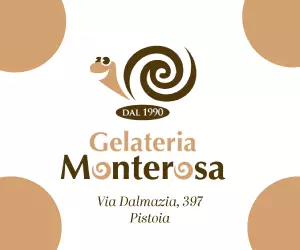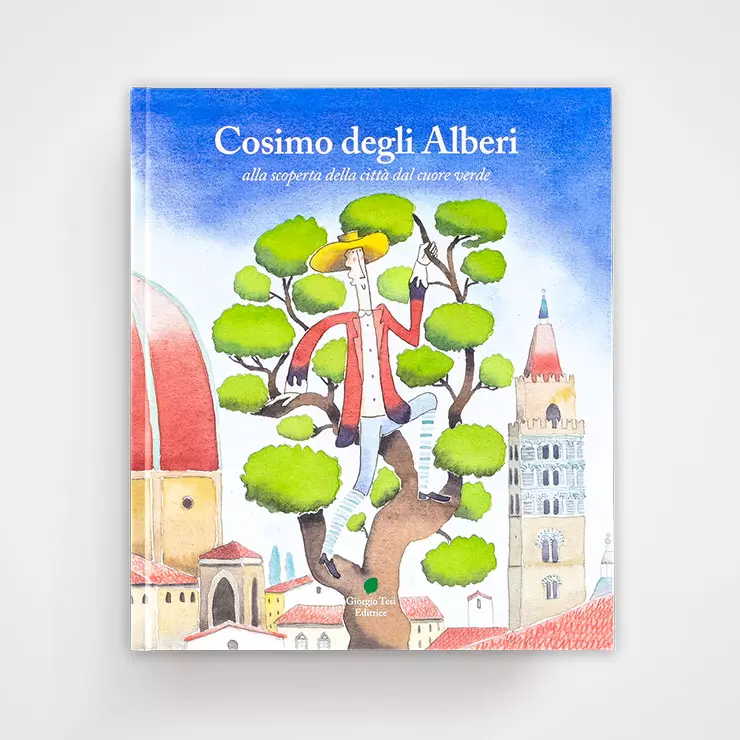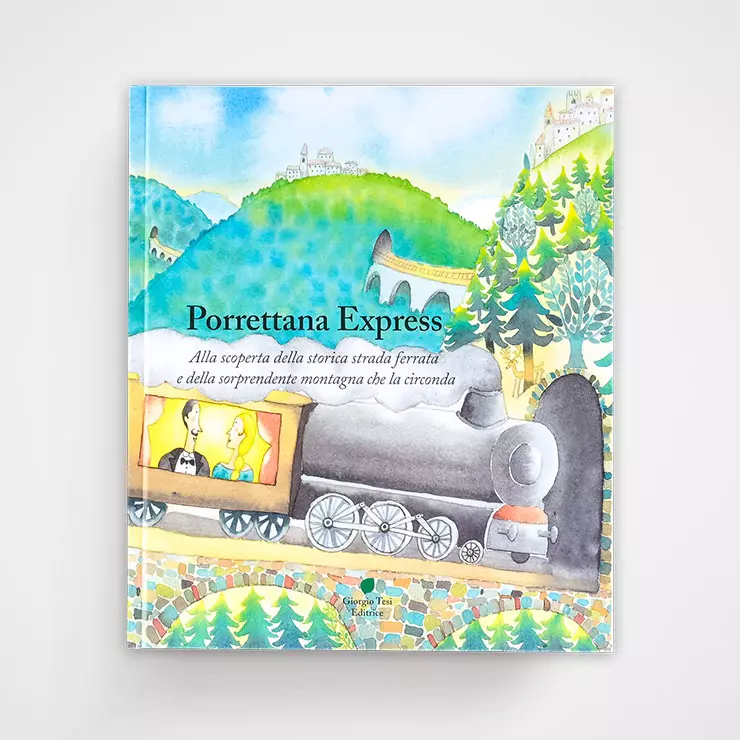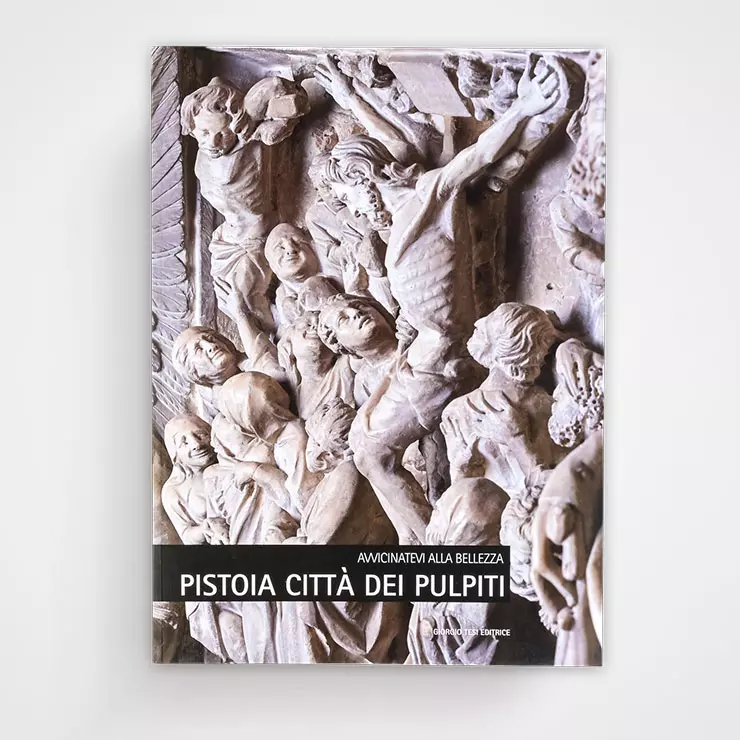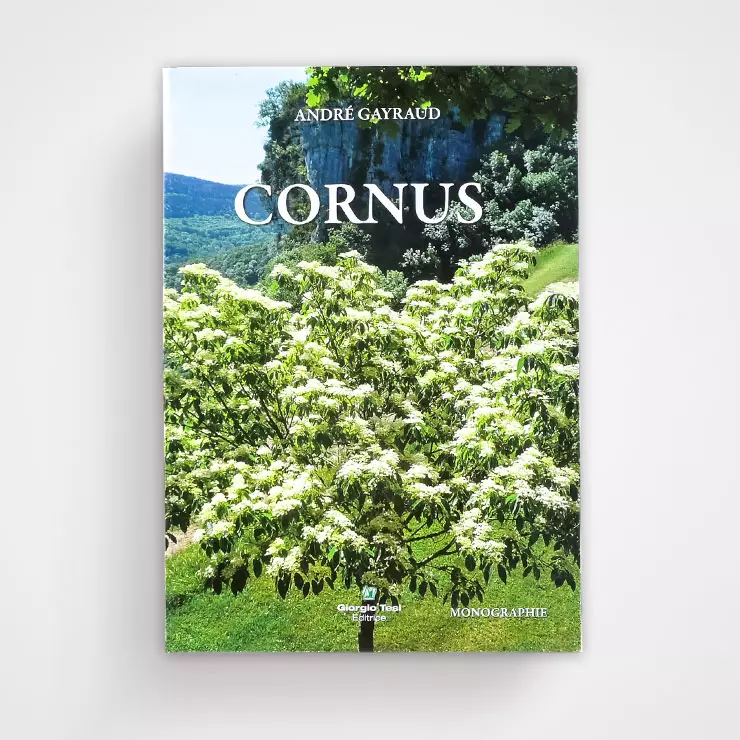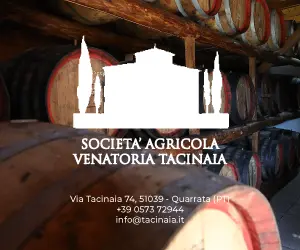DISCOVER PISTOIA
Sfoglia Discover Pistoia, Urban Magazine mensile gratuito pubblicato da Giorgio Tesi Editrice, disponibile nelle edicole del territorio il primo sabato del mese in abbinamento gratuito al quotidiano LA NAZIONE, online e in numerosi punti di distribuzione.
Giorgio Tesi Editrice, nell’ottica di creare una moderna piattaforma di comunicazione integrata, ha deciso nell’aprile 2018 di affiancare all’omonimo portale di promozione territoriale un Urban Magazine mensile gratuito ispirato allo scoprire, al vivere e al valorizzare il territorio pistoiese occupandosi ogni mese di eventi, mostre, musei, interviste esclusive, life style, sport, cultura, benessere, salute, manifestazioni, turismo, gastronomia e tanto altro ancora…
Stampato in 10.000 copie diffuse gratuitamente ogni mese per vivere Pistoia a 360 gradi.


